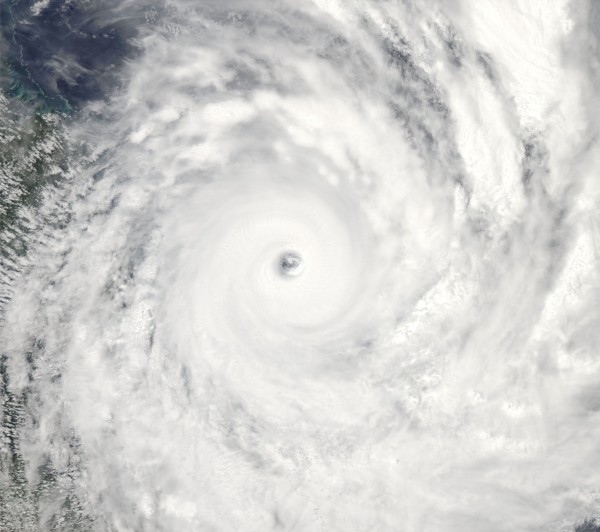November 2nd 2021
Monday, November 1st, marked the start of Australia’s 2021/22 tropical cyclone season, which will run for the next six months until the end of April.
As we pointed out last week, Australia can expect a near to slightly above average number of tropical cyclones this season, which means about 12 to 13 instead of the usual 9 to 11.
This above-average cyclone outlook is being driven by abnormally warm waters near northern Australia, a decaying negative Indian Ocean Dipole (IOD) and a developing La Niña in the Pacific Ocean.
Image: Observed sea surface temperature anomalies on October 30th, showing abnormally warm water near northern Australia and a distnictive La Niña-like pattern in the Pacific Ocean. Source: NOAA
While there aren’t any sings of tropical cyclone development near Australia in the next week, the current setup does raise the likelihood of early-season cyclone development.
Both La Niña and a negative IOD typically cause the season’s first tropical cyclone to develop around three weeks earlier than average, which statistically means mid-November instead of early December.
Regardless of when it develops, the first tropical cyclone to form in Australian waters this season will be named Paddy.
The Bureau of Meteorology maintains a list of names that it assigns to tropical cyclones that develop in Australia’s area of responsibility. This list runs alphabetically and alternates between male and female.
Weatherzone will bring you regular updates on tropical cyclone activity in the Australian region during the next six months.
If you have any questions or would like more information on Weatherzone’s forecasting services, please contact us at apac.sales@dtn.com.









